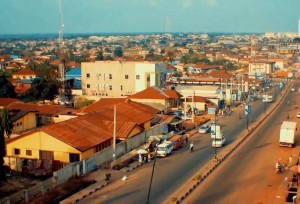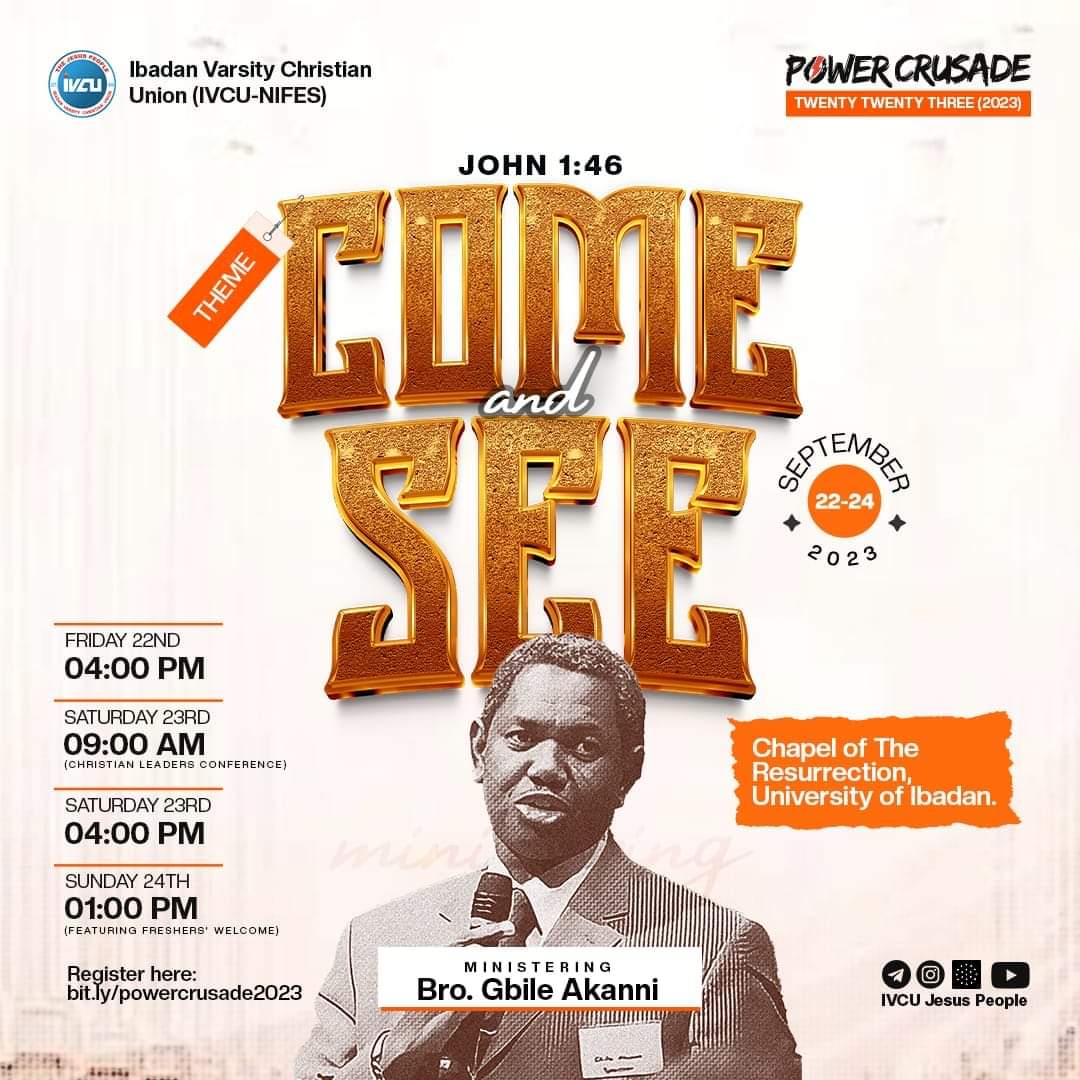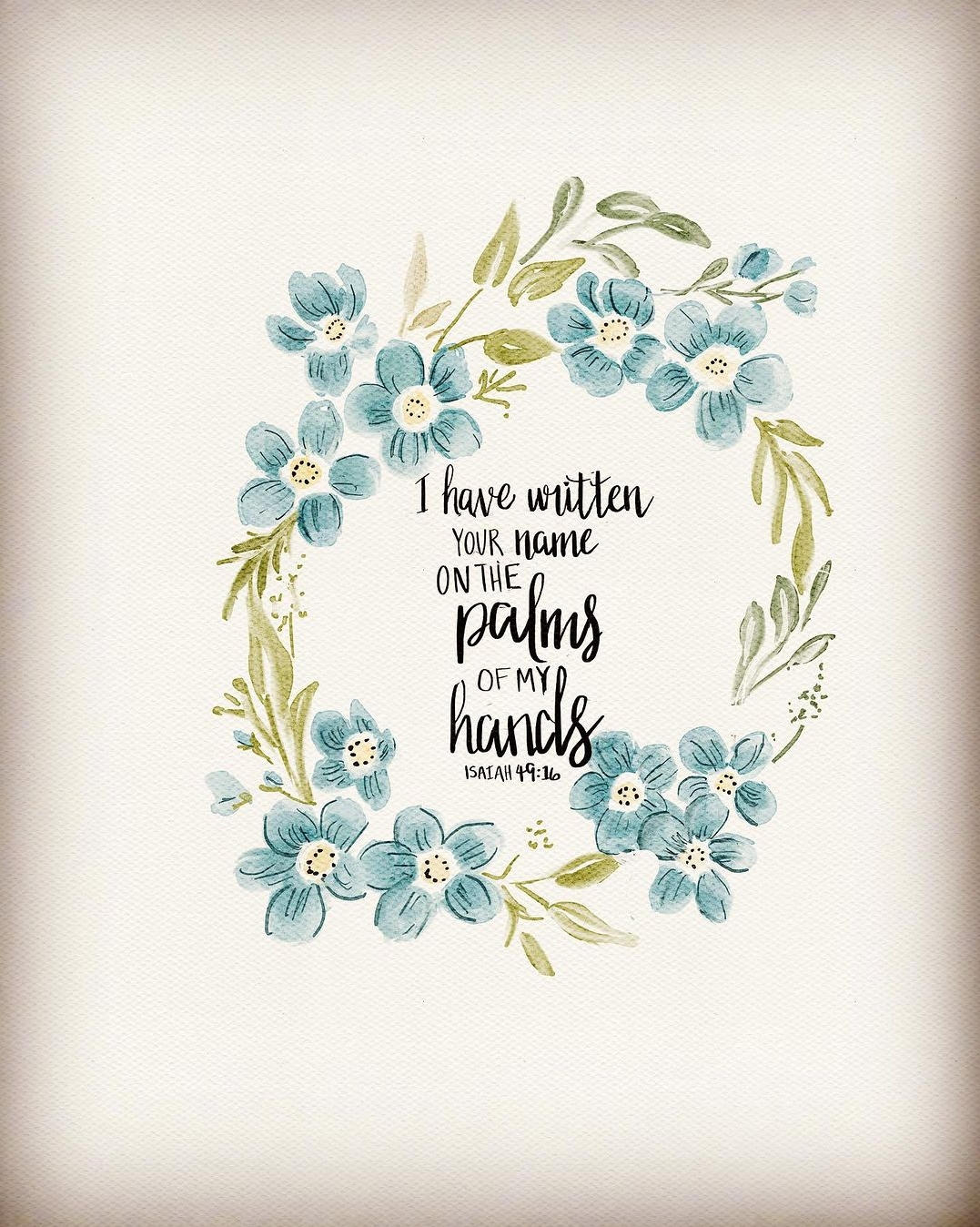
Ogbomoso is located in Oyo state, south-western Nigeria. It used to occupy a small area along the road to Osogbo but is now a vast settlement with five local government areas which include smaller towns such as Gambari, Iresa-Adu, and Iresa-Apa, to mention a few. It was founded in the mid-17th century and its present population is over a million people. The majority of the people are members of the Yoruba ethnic group; Hausas, Ibos and Egedes are also present in significant numbers.
Ogbomoso lies in the transition zone between the rain forest of Ibadan region and the northern savannah region; therefore, it is regarded to be of derived savannah vegetation. Cassava, maize, yam and tobacco are some of the notable agricultural products of the region. Most of its industries are agro-industries and agro-allied industries. Trading is also carried out extensively. The resident Northerners have introduced the cattle business and a good number of the people are also civil servants.
Schools
There are several hundreds of primary and secondary schools established by Government, individuals, religious organizations and communities in Ogbomoso.
Other educational institutions include:
- Ladoke Akintola University of Technology
- Best Legacy College of Education
- Bowen University Teaching Hospital
- The Nigerian Baptist Theological Seminary

History of Ogbomoso
There are several versions of the legend that surrounds Ogbomoso history, but they all accede to the fact that the town was founded by Olabanjo Ogunlola Ogundiran, a man of Ibariba descent. The most well-known of the legends relates that Ogunlola came to the area now known as Ogbomoso (then a dense jungle) while on a hunting expedition. He stayed under the Ajagbon tree by which the palace is now located.
Initially, there was no sign of human life around them, and Ogunlola and his wife, Esuu, were living all alone. They were later joined by Lorungbekun (Olorun gbo ekun; God heard my cry). Olorungbekun is not human; it is a mound of clay that was personified. Since they were all alone and Ogunlola was a hot-tempered man, Lorungbekun was Esuu’s device to escape his wrath anytime it was roused against her. Both husband and wife agreed that whenever Ogunlola wanted to beat up Esuu, if she could escape and embrace the mound, he must spare her, no matter what it was she had done. Lorungbekun is still in Ogbomoso palace today and it is said that Soun’s wives still take refuge in it whenever the king’s anger toward them seems unappeasable.
After some time, Ogunlola discovered other hunters nearby. They were Aale (whose domain was in what is now Oke-elerin), Onsile (he dwelt in what is now Ijeru), Orisatolu (he dwelt in today’s Isapa) and Akande. Together with these four hunters, Ogunlola formed the Alongo Society so that they could be of assistance to one another. He was the head of the society and had the final say.
Alagba, the tortoise
The story of Ogbomoso is said to be incomplete without the mention of Alagba, the famous tortoise which is said to have lived in the palace for over 300 years, outliving over fifteen Souns. It was brought into the palace several years ago by one of the past rulers of the town and is said to have mystical powers. It plays host to different calibres of people including royal fathers, tourists, sick individuals seeking healing and people seeking longevity. The tortoise is not called by name; instead, it is addressed as Alagba which means the elderly one. It is said that anyone who visits the tortoise must also pay homage to it by prostrating or kneeling down depending on their gender. Failure to do this would make the tortoise unhappy and cold towards the visitor. Alagba finally died in 2019 at 344 years.
Elemoso
At a time when Ogunlola was in detention at Oyo-Ile for an alleged offence (the Alaafin of Oyo being the head of all Yoruba people), Oyo-Ile was being attacked by an invincible terrorist, Elemoso. Elemoso laid total siege on Oyo causing famine and hardship among the people who were too afraid to fight back. Ogunlola requested that the Alaafin allows him to confront Elemoso in battle. His request was granted and he eventually killed Elemoso, cut off his head and returned with it to the Alaafin as trophy.
Alaafin, impressed by this feat, wanted Ogunlola to stay in Oyo-Ile instead of returning to his own settlement, but the latter preferred to return to his own abode which came to be referred to as ‘ido niti o gb’ori lemoso’, meaning “the settlement of him who beheaded Elemoso”. This was later contracted to Ogborielemoso, and finally to Ogbomoso. As his authority increased, Ogunlola was eventually made the head of the settlement under the title of Sohun (Soun) to reflect his request from the Alaafin when he was asked to remain in Oyo-Ile. He had said, “Eyin e maa se’hin, k’emi maa sohun” (You have the rule here, let me stay yonder). His compound by the Ajagbon tree then became the Soun’s palace.
Post-Colonial
Ogbomoso quickly grew because of her strategic location and the prowess of her people as warriors; her people are described as Aji-letente-d’ogun, that is, those who rise early to stay on the lookout for war. During the Fulani wars of the 19th century, over 100 towns and villages were deserted while their people took refuge in Ogbomoso. Historically, there had been twenty-seven kings in Ogbomosoland, although only twenty are known. There are five dynasties.





















